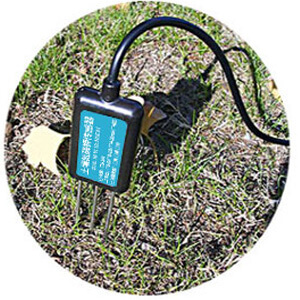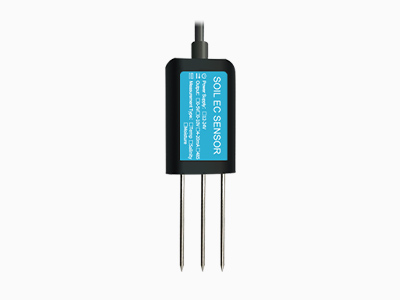Soil npk sensor description
The soil npk sensor is suitable for detecting the content of nitrogen, phosphorus, and potassium in the soil, and judging the fertility of the soil. thereby facilitating the systematic evaluation of the soil condition. Can be buried in the soil for a long time, resistant to long-term electrolysis, corrosion resistance, vacuum potting, and completely waterproof. We use Soil npk sensors in precision agriculture, forestry, soil research, geological prospecting, plant cultivation and other fields.
How to use soil npk sensors
1.Quick Test Method

Select a suitable
measurement location, avoid rocks, ensure that the steel needle does not touch hard objects, throw away the surface soil according to the required measurement depth, maintain the original tightness of the soil below, hold the sensor vertically and insert it into the soil. Do not shake left and right. I recommend measuring the average multiple times in a small area of one measuring point.
2. Buried measurement method

Dig a pit with a diameter> 20cm vertically, insert the sensor needle horizontally into the pit wall at a predetermined depth, and fill the pit tightly. After a period of stabilization, measurements and records can be made over several days or months.
Precautions
1. Measurement, need to put all the steel needle inserted into the soil.
2. Avoid strong sunlight directly shining on the sensor to cause excessive temperature. Pay attention to lightning protection in the field.
3. Do not bend the steel needle violently, pull the lead wire of the sensor forcefully, and do not hit or hit the sensor violently.
4. The sensor’s protection rating is IP68, so the entire sensor can put placed in water.
5. Due to the presence of radiofrequency electromagnetic radiation in the air, it is not suitable to stay in the air for a long time with electricity.
